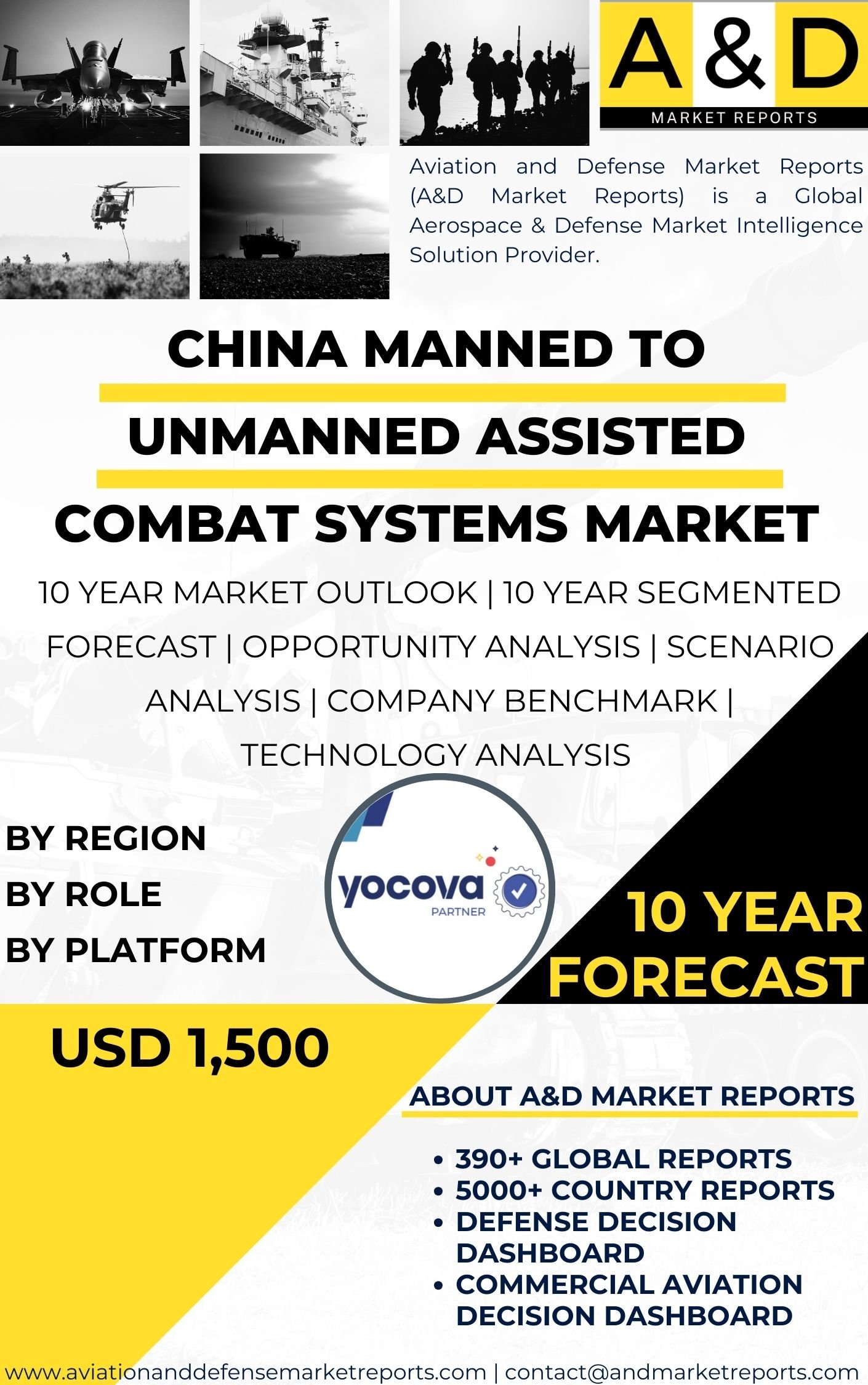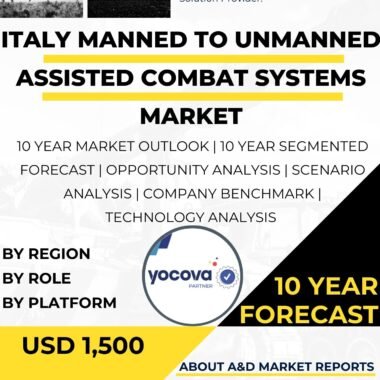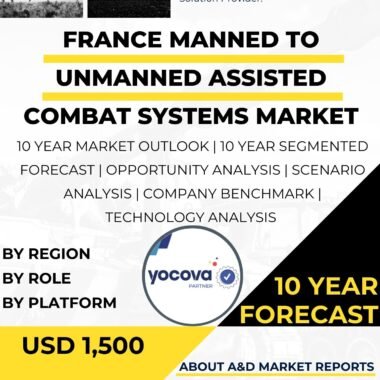Description
China’s role in the Global Manned to Unmanned Assisted Combat Systems Market signifies its dedication to modernizing its armed forces and advancing its capabilities in autonomous warfare. These systems, often referred to as human-machine teaming or unmanned assisted combat systems, blend the strengths of human operators with the precision and versatility of unmanned platforms. China’s investment in this market reflects its commitment to enhancing its military readiness, maintaining regional security, and asserting its position as a significant player in the global defense industry.
China’s efforts in the development of manned to unmanned assisted combat systems encompass a wide range of applications. These systems are designed to provide real-time data, enhanced situational awareness, and advanced weaponry to human operators on the battlefield. By incorporating autonomous drones, ground robots, and unmanned vehicles into military operations, China aims to improve combat effectiveness, reduce risk to soldiers, and gain a decisive edge in future conflicts.
One of the primary areas where China is leveraging these systems is in the domain of unmanned aerial vehicles (UAVs). Autonomous drones provide critical surveillance, reconnaissance, and target acquisition capabilities to military forces. China’s investment in UAV technology enhances its ability to monitor its borders, safeguard territorial claims, and respond to security threats swiftly and decisively.
Additionally, China is actively exploring the use of unmanned ground vehicles (UGVs) and robotic platforms to support ground operations. These UGVs can perform a wide range of tasks, from logistics and supply transport to mine clearance and reconnaissance. By integrating UGVs into its armed forces, China aims to enhance the mobility, survivability, and efficiency of ground troops.
China’s investment in research and development is a key driver of its advancements in manned to unmanned assisted combat systems. The nation collaborates with international partners, research institutions, and technology providers to accelerate progress in autonomous warfare technology. These collaborations facilitate knowledge exchange, technology transfer, and the development of interoperable systems, ensuring that China remains at the forefront of this rapidly evolving field.
Moreover, China’s strategic significance in the Asia-Pacific region reinforces the importance of its investments in autonomous warfare capabilities. As regional security dynamics evolve and potential challenges emerge from both state and non-state actors, China’s proactive approach to unmanned assisted combat systems enhances its role in maintaining regional stability and security.
In conclusion, China’s active participation in the Global Manned to Unmanned Assisted Combat Systems Market demonstrates its commitment to modernizing its military forces and strengthening its autonomous warfare capabilities. These systems offer innovative solutions for enhancing combat effectiveness and reducing risk to human soldiers. By investing in research and development, fostering international collaborations, and deploying advanced autonomous systems, China positions itself as a responsible and capable player in the evolving landscape of military technology and defense applications.




